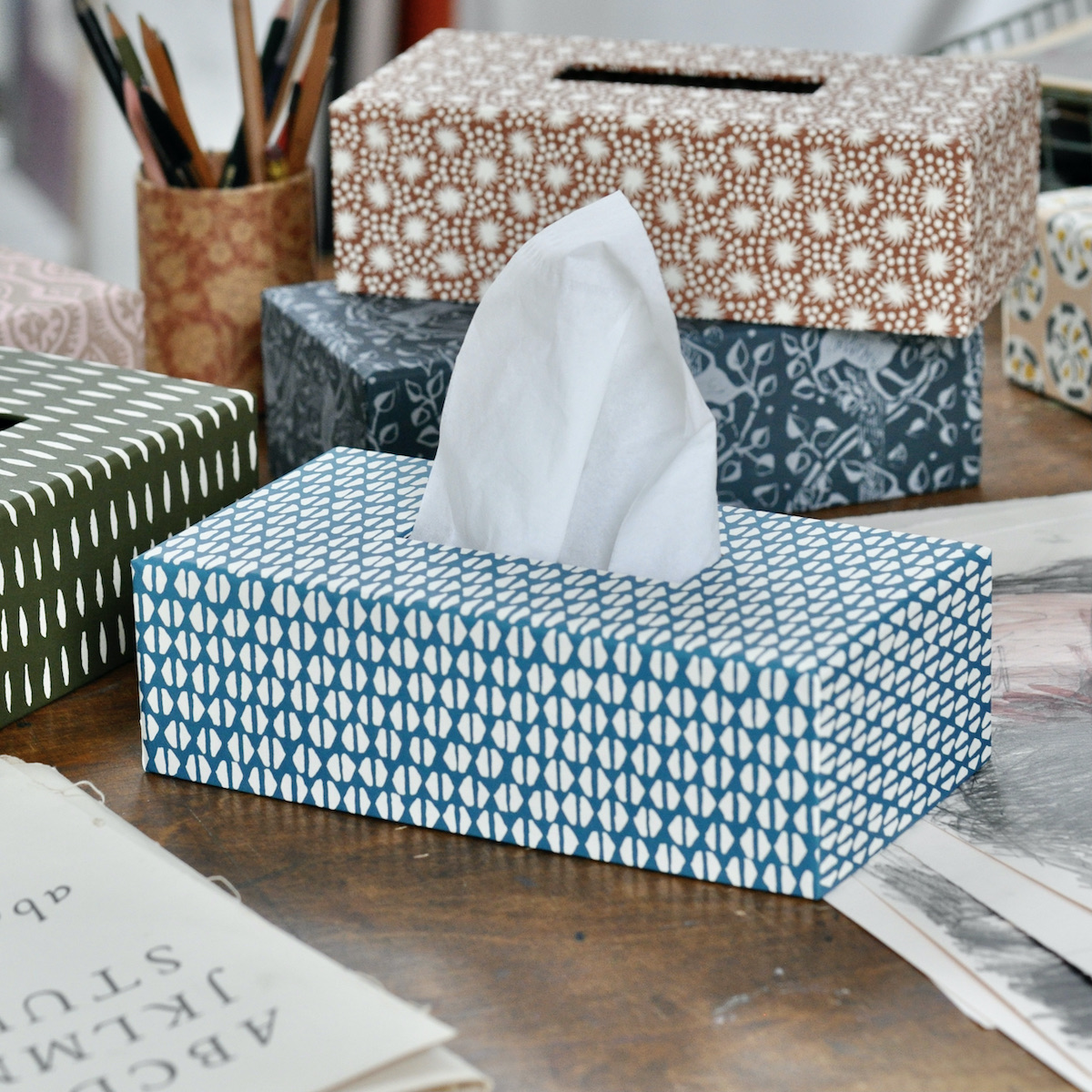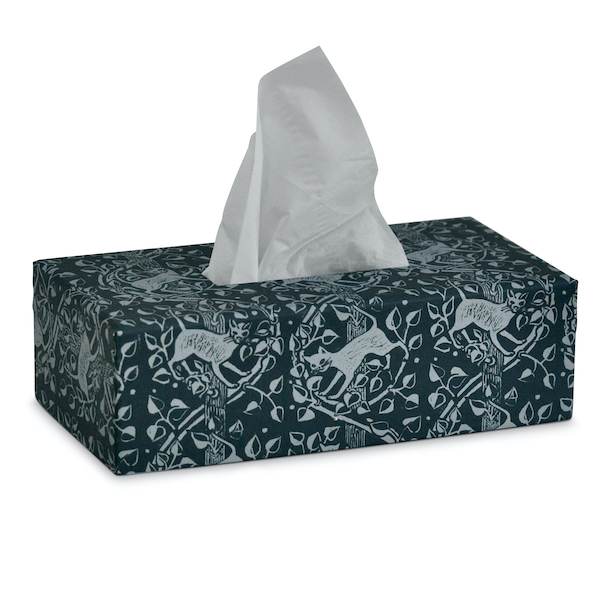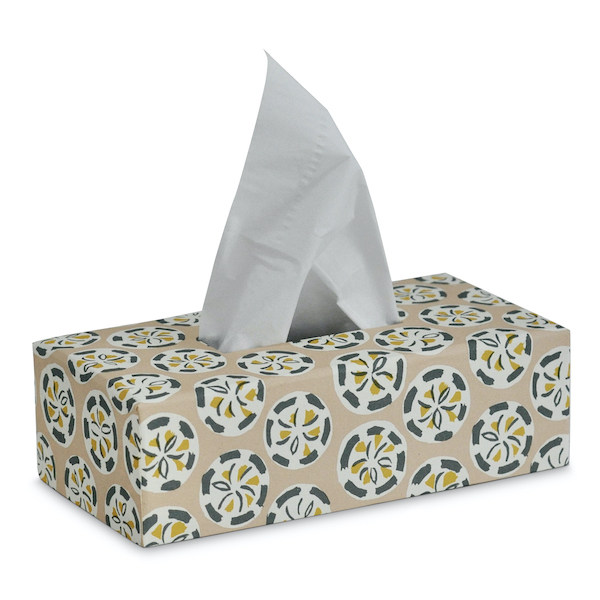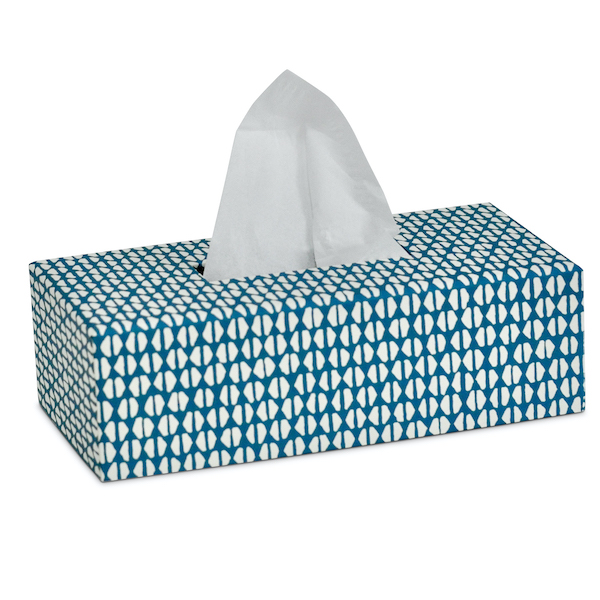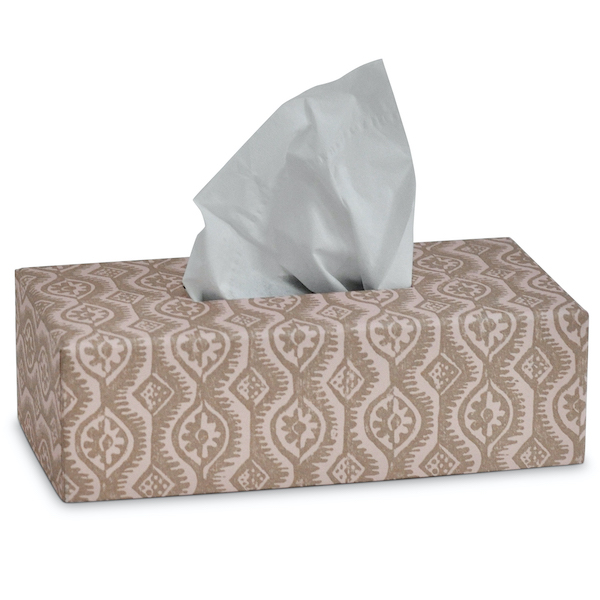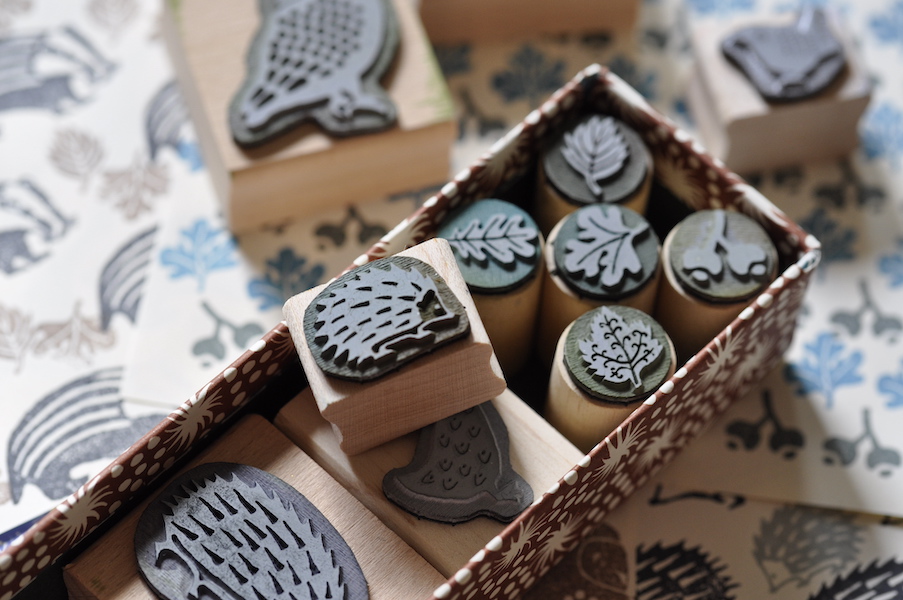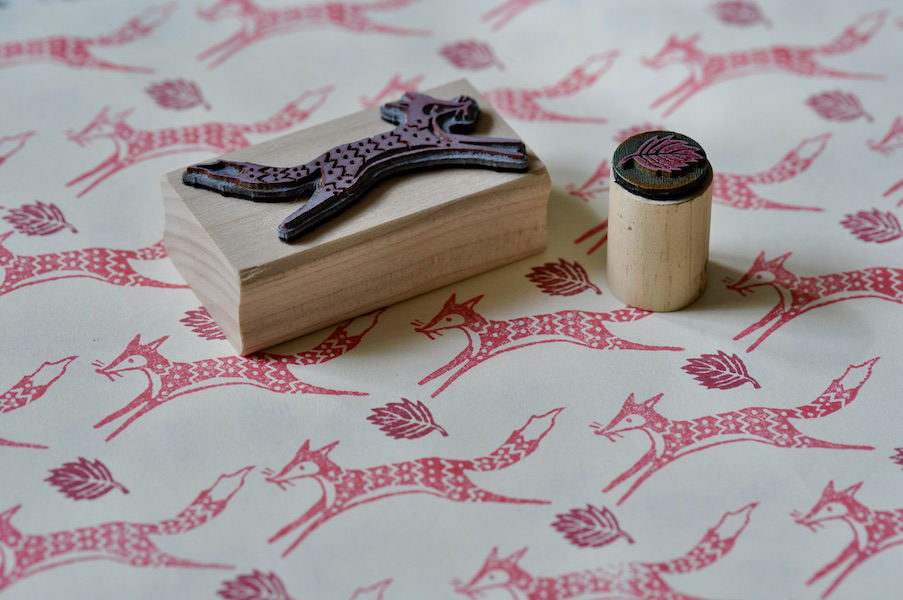05 Oct A Time To Mourn
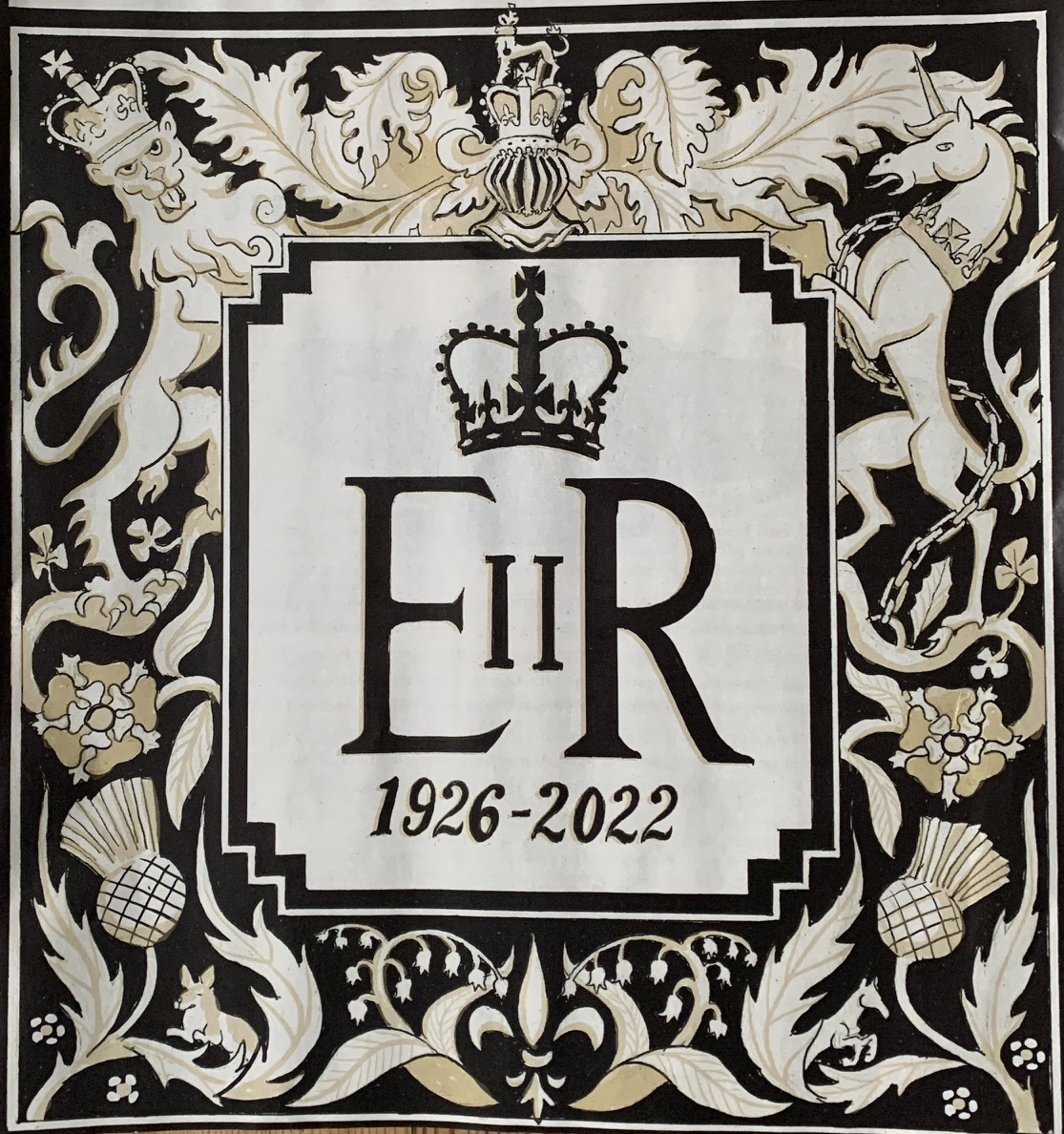
The funeral baked meats did coldly furnish forth the marriage table. Or rather, we had not yet finished the delicious shortbread contained in our rotating musical Jubilee biscuit tin that plays God Save the Queen, given to us by a kind friend in June, when the event occurred. The extraordinarily long hot summer is partly responsible — it just wasn’t biscuit weather. Ordinarily the tin would have been empty within a week. Nevertheless, there was objectively very little time between the end of celebration and the onset of mourning. In June we were enjoying the official Jubilee trifle and only a couple of months later we were feeling surprisingly wobbly and wondering whether we could drop everything for eight, no twelve, no, wait, 22 hours to go to London and be in The Queue.
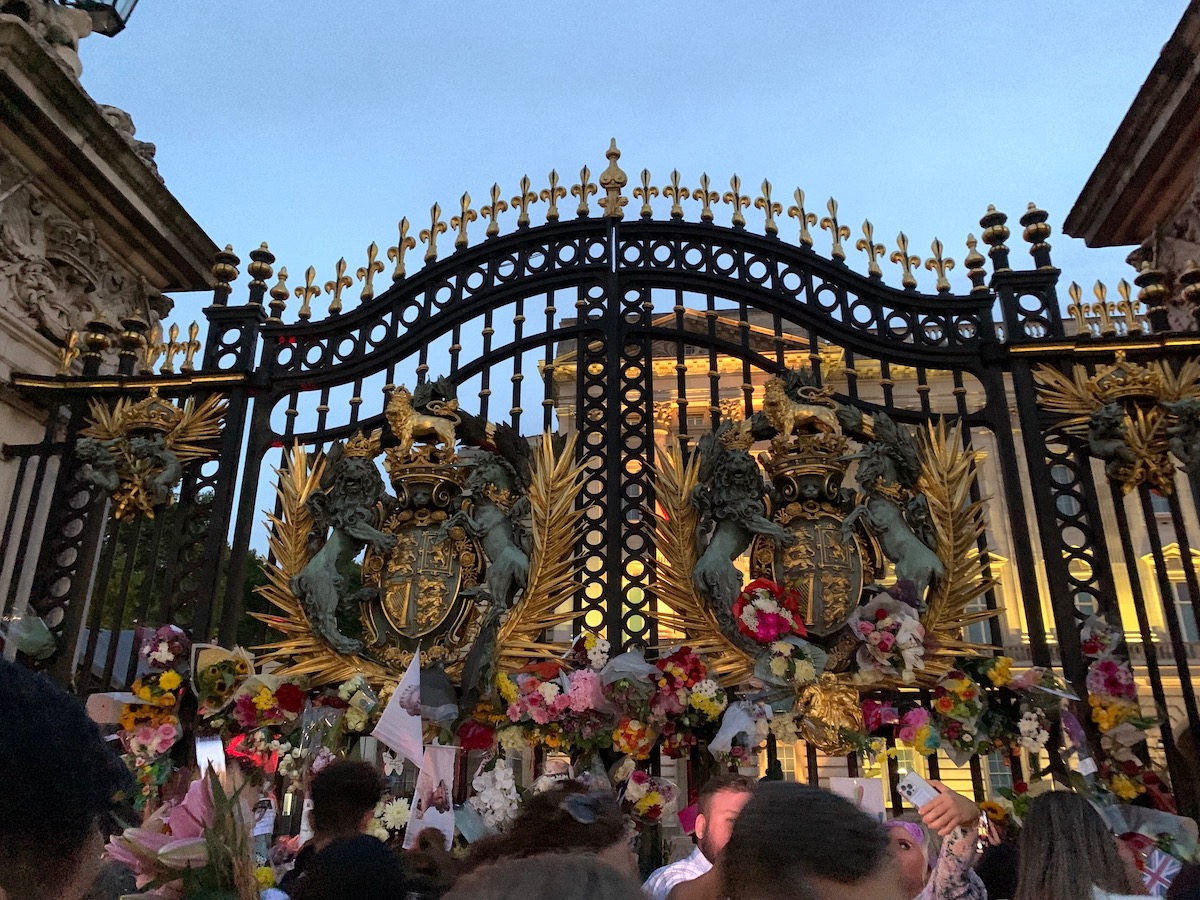
We didn’t manage it, a source of some regret. But one of us did have the chance to hop off a bus in the vicinity of Green Park one still-warm evening, a day or two after the Queen died, with the plan of going and standing meditatively at the gates of Buckingham Palace for a few quiet moments. A thought replicated in the brains of tens of thousands of other people that night, as it turned out. It was a moving and memorable evening, in spite of the enormous numbers of people and the consequent IKEA-like quality of the experience. (Once you were on the path, there was no going back, because of the crowd coming up behind, and there was no briskly hurrying either, because of the press of people in front: at a very slow pace expressing the collective mood, you had no choice but to complete the circuit, to the gates of the palace and beyond, which took a couple of hours). Green Park was filled with masses of cut flowers, all liberated from their cellophane and arranged by volunteers, looking actually beautiful instead of the usual macabre festival of kitsch. The scent of the flowers in the warm twilight was intoxicating, and the mostly silent, occasionally softly murmuring crowd was kind, patient, solemn, yet also jolly. A little taste perhaps of what The Queue for the lying in state seems to have been a few days later.
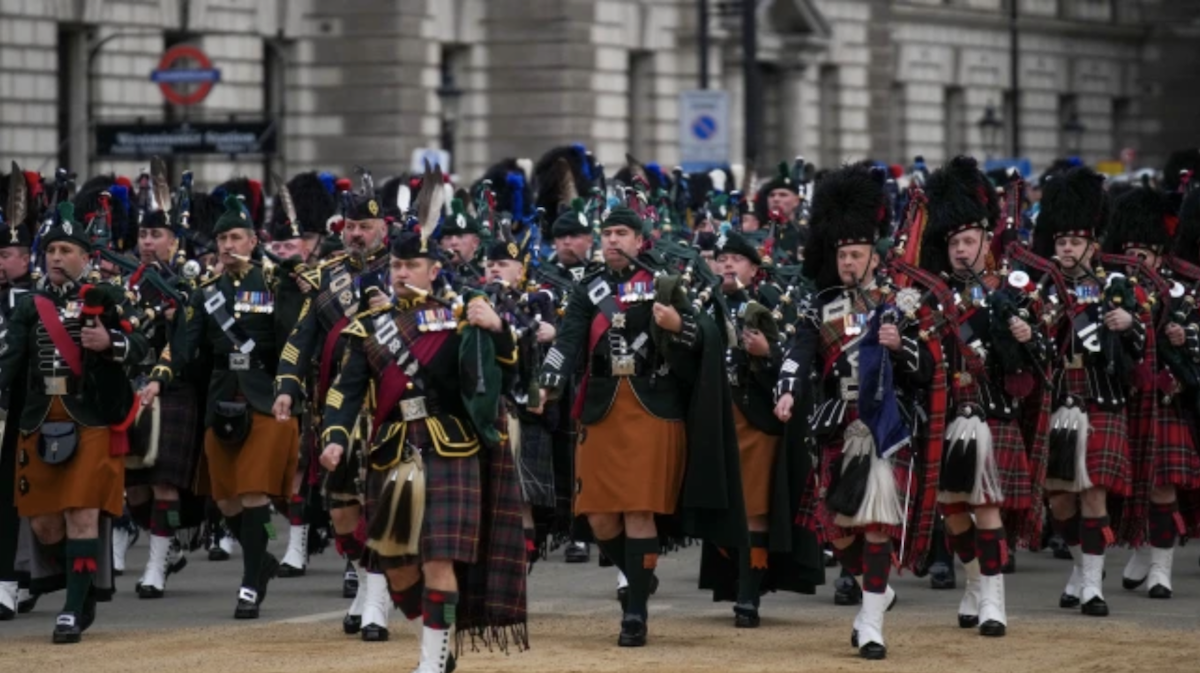
We loved the wordless pageantry and solemnity of the lying in state and the funeral – the bowed heads and the inverted weapons, the flags at half mast, the drummers drumming and the pipers piping. (Especially the pipers piping.) The silence and the music were preferable to all the talk. Perky television reporters interviewed people queuing for the lying in state about the Deeper Meaning of them being there: “Do you you feel that you’re here to witness a turning point in history?” A look of polite incomprehension on the face of a young man: “Well… not really. I just loved the Queen and I’m sorry she’s dead. I’m here to say goodbye.”
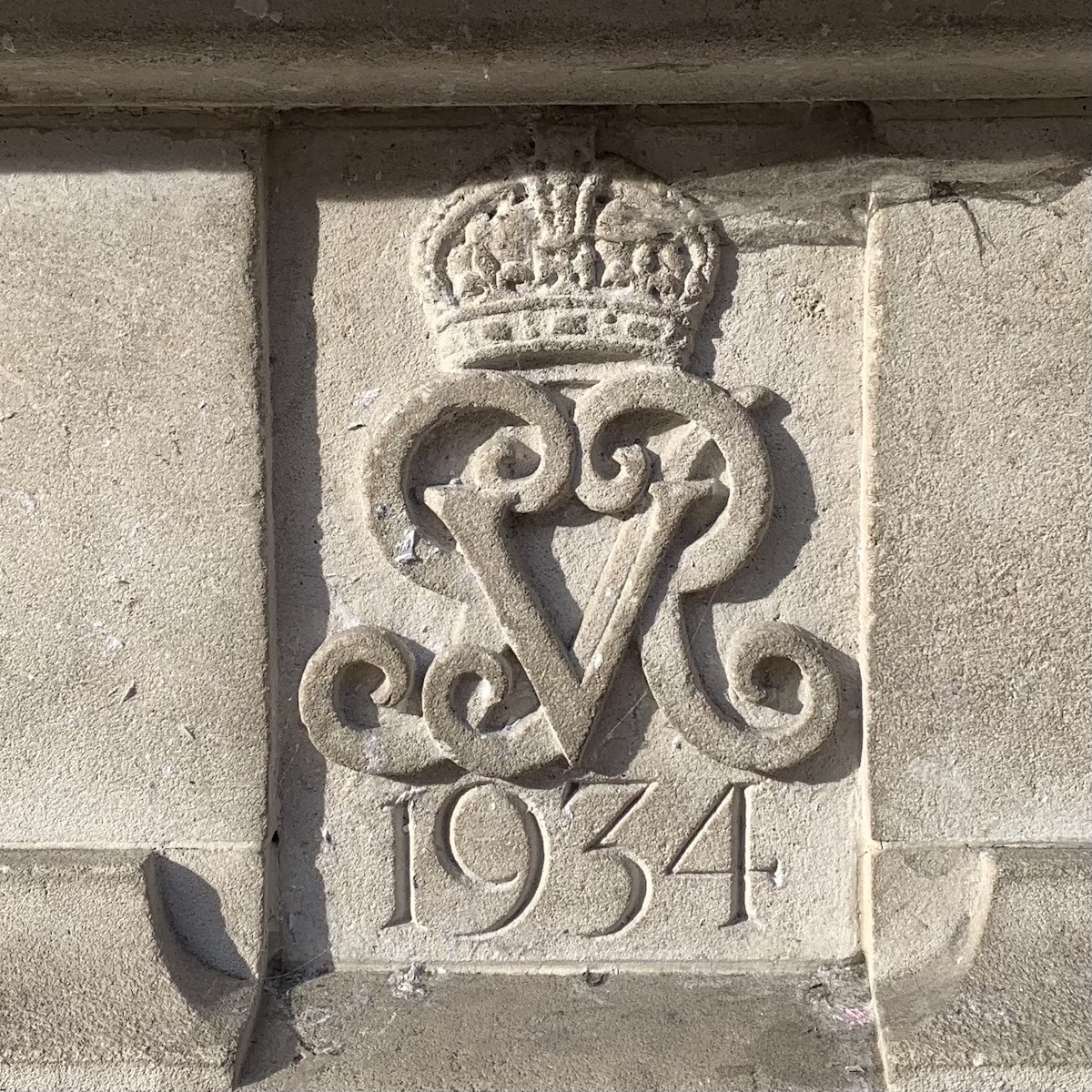
All the details of uniforms and insignia and whatnot were rather fascinating. I had not previously been aware of the Royal Archers with their longbows and the eagle’s feathers in their caps, for example. With the accession of Charles III, we were professionally intrigued to discover that the royal cypher isn’t a more or less standard-issue item but is created anew for each monarch. The discovery led to a few moments of speculation about an alternative life path as a herald of the College of Arms, responsible for designing such things. What fun. Subsequently we have started spotting cyphers of previous monarchs here and there, that we had not previously noticed, like this one for George V which is at knee height on the wall of a bank in the centre of Cambridge.
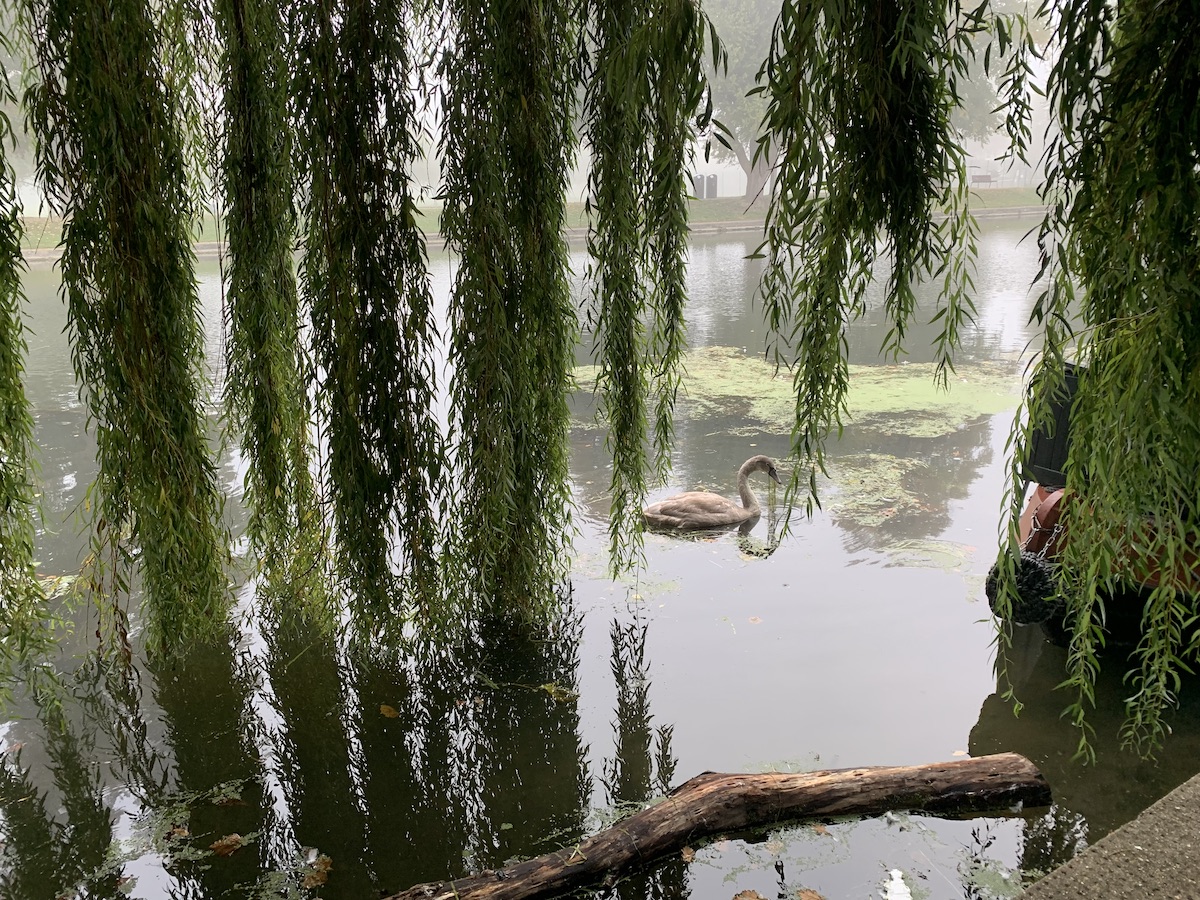
That balmy evening outside Buckingham Palace was pretty much the last of the strangely warm weather, and autumn has now arrived, which is comforting and familiar for those of us who frankly prefer stout boots to flip-flops. The hedgerows are full of bounty – we’re just waiting for the first frost before making an attempt upon rose-hip syrup. In the park a few mornings ago was this scene like a Japanese print: swans and weeping willows in the mist. Nature’s ability to rejuvenate itself is perennially astonishing. That same park one month ago was baked apparently to extinction: barely a blade of grass to be seen. Now all is soft and green. May the rain continue to fall, in moderation.
As for Cambridge Imprint news, there is only a little. We are cheerfully putting one foot in front of another, ignoring the financial tumult to the best of our ability, and hoping to move into new premises soon. This year’s Christmas cards and papers have just been printed. We won’t be talking about them here until later in the season, but if you are a person who likes to get organised well in advance you can find them on the website now. The big event of this month is the arrival of our brand new tissue box covers, just in time for the traditional autumn term cold.
The tissue box covers are made from thin but rigid board, lined inside and out in patterned paper, and have a simple oblong opening. They fit a standard rectangular box of tissues measuring 230 x 115 millimetres. Tissue box sizes vary but this is the most widespread rectangular format and the cover will happily accommodate the tall or short version of this standard footprint, thus making the annual misery of a cold at least slightly more aesthetically pleasing.
We have now discovered that allegiance to a particular tissue box shape runs surprisingly deep in some people, and if these rectangular ones are well received we’ll likely make some with the more upright, cuboid dimensions as well. So, square box adherents, do not despair, and if you’re really keen that we should make the other shape, let us know.
A last little bit of shop news for now: the Autumn Hedgerow Printing Block Set, seen above in its very sweet conker-brown box, is something we have trouble keeping in stock because they send to sell out as fast as they are made. However this is its moment and happily we have new stock just arrived from the block maker. For the hedgehog-, owl- or badger-lover, for the happy gleaner in hedgerows — a must have. There is also a Running Fox block that is sold separately.
Traditionally we let you know about forthcoming festive events in this autumn newsletter. It’s been rather an abbreviated list in the pandemic time, and it has still not recovered full vigour. We are sorry to have just heard that the Great Dixter Christmas Fair will not be taking place this year. On the other hand, the Ely Cathedral Christmas Fair is back on after a covid hiatus, and we will be there from 16th – 19th November, exhibiting our wares and enjoying that glorious space in the company of about a hundred other stallholders. It is a really lovely way to start feeling Christmassy. You need a ticket to get in and they can sell out fast, so consider booking early.
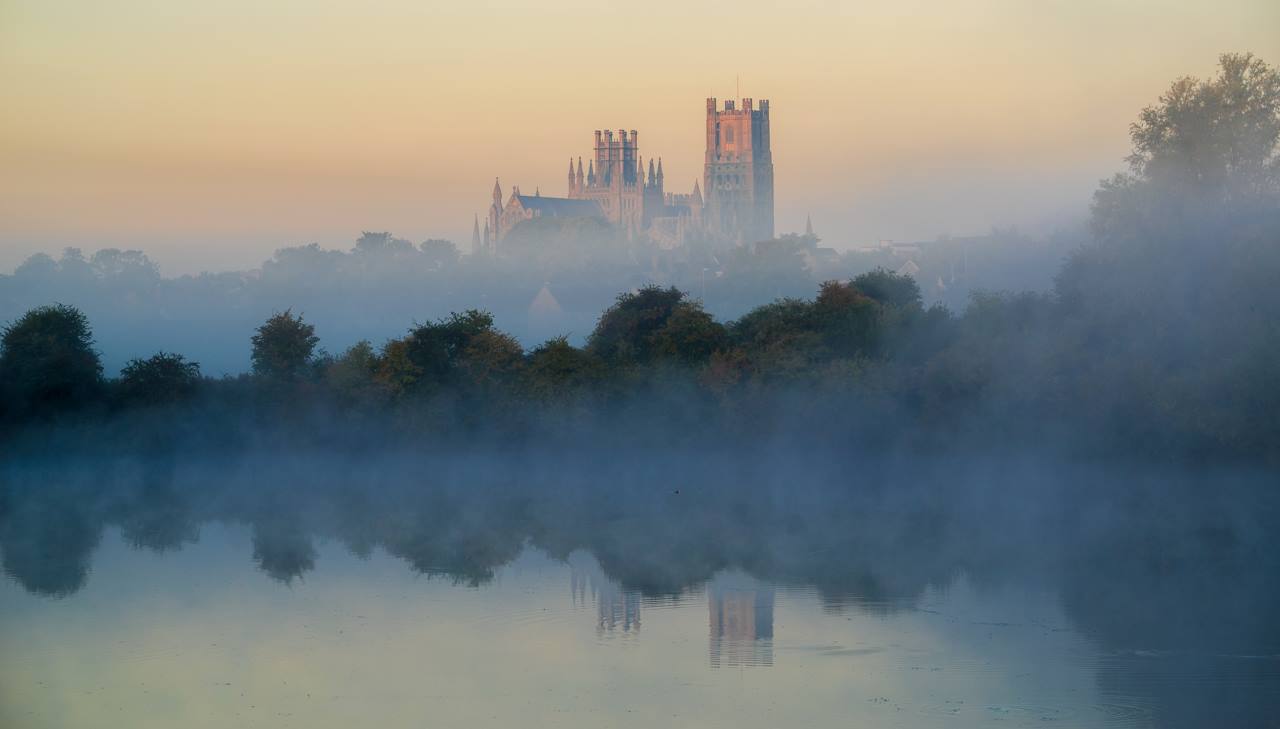
ELY CATHEDRAL CHRISTMAS FAIR
Preview Evening: Wednesday 16th November 6.30-9pm
Thursday 17th November 9.30 am – 4.30 pm
Friday 18th November 9 am – 9 pm
Saturday 19th November 9.30 am – 4.30 pm
Click here to book tickets.
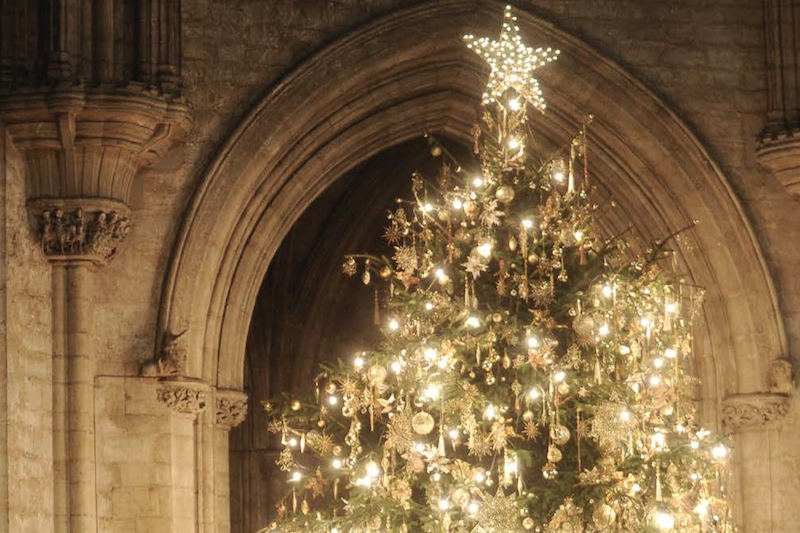
Another date to put in the diary is our annual studio sale of oddments, experiments and seconds in the Unitarian Church Hall in central Cambridge: this year it will take place on Tuesday December 13th. We very much look forward to seeing you all.
CAMBRIDGE IMPRINT STUDIO SALE
Tuesday 13th December 12 noon-6pm
No need to book. Mince pies and mulled wine will be served.
Postscript: We considered making a commemorative poster to mark the death of the Queen and then we saw this cover of the Spectator by Morten Moreland, which we thought really couldn’t be improved upon.


